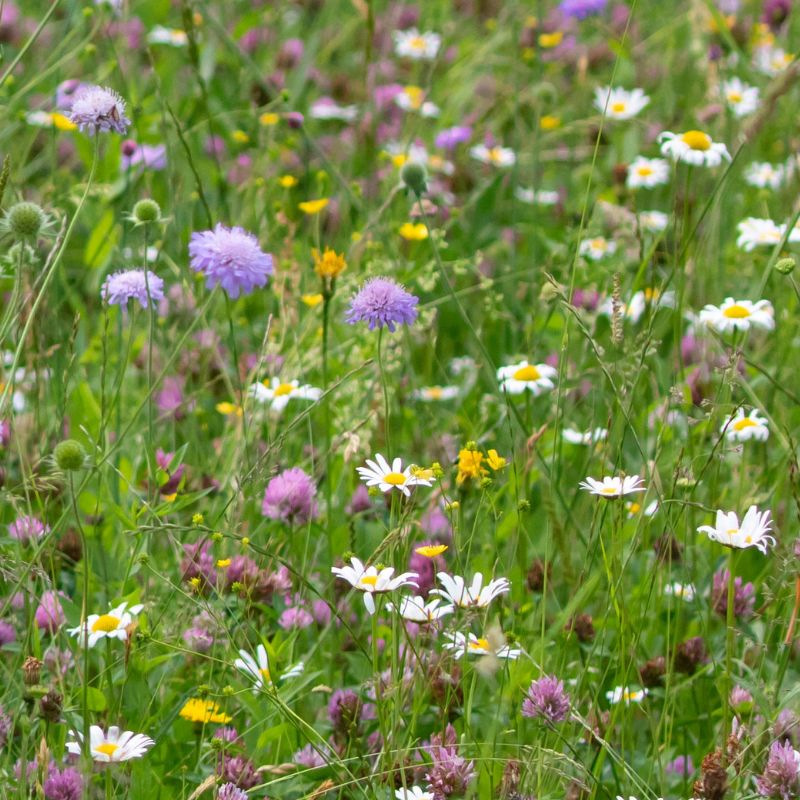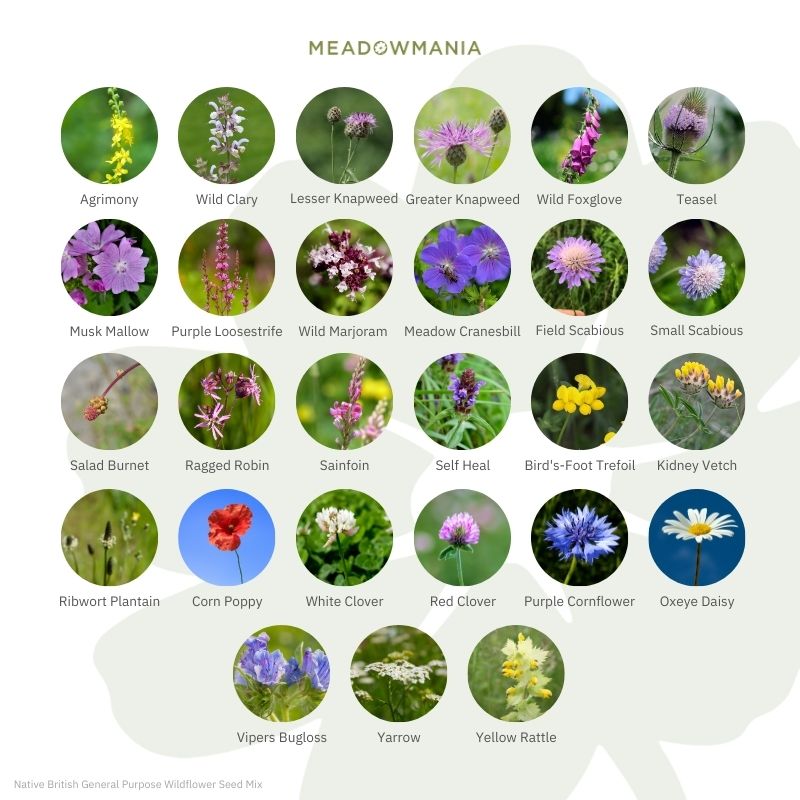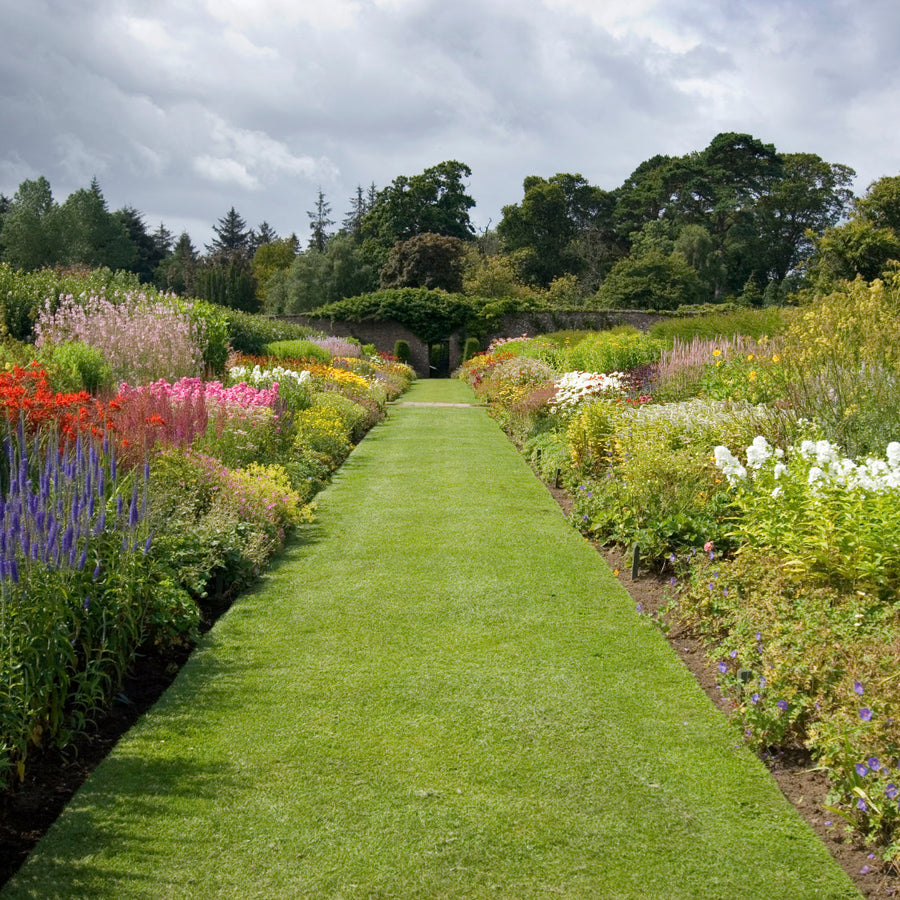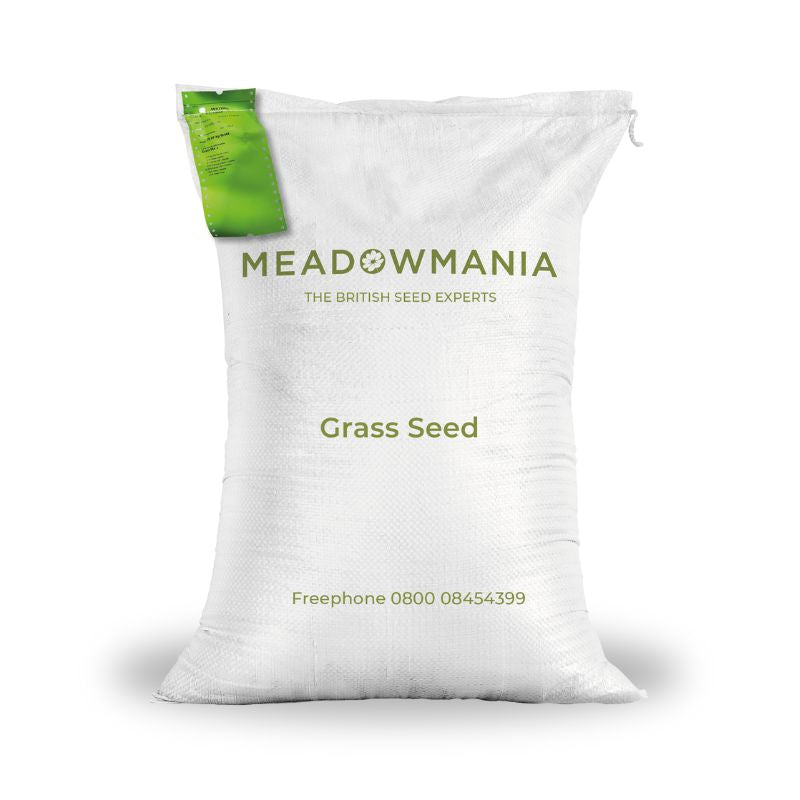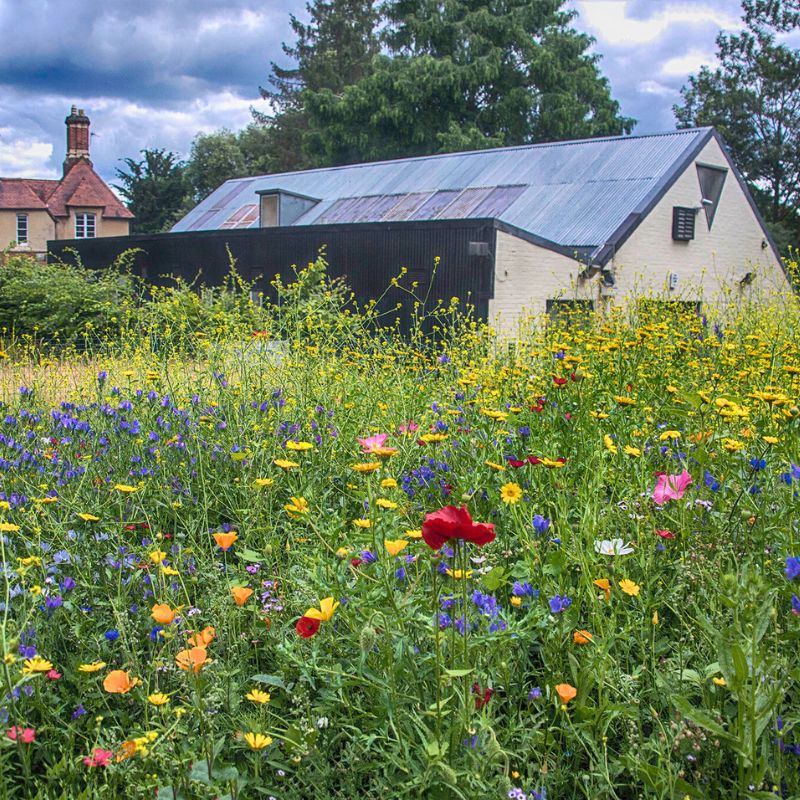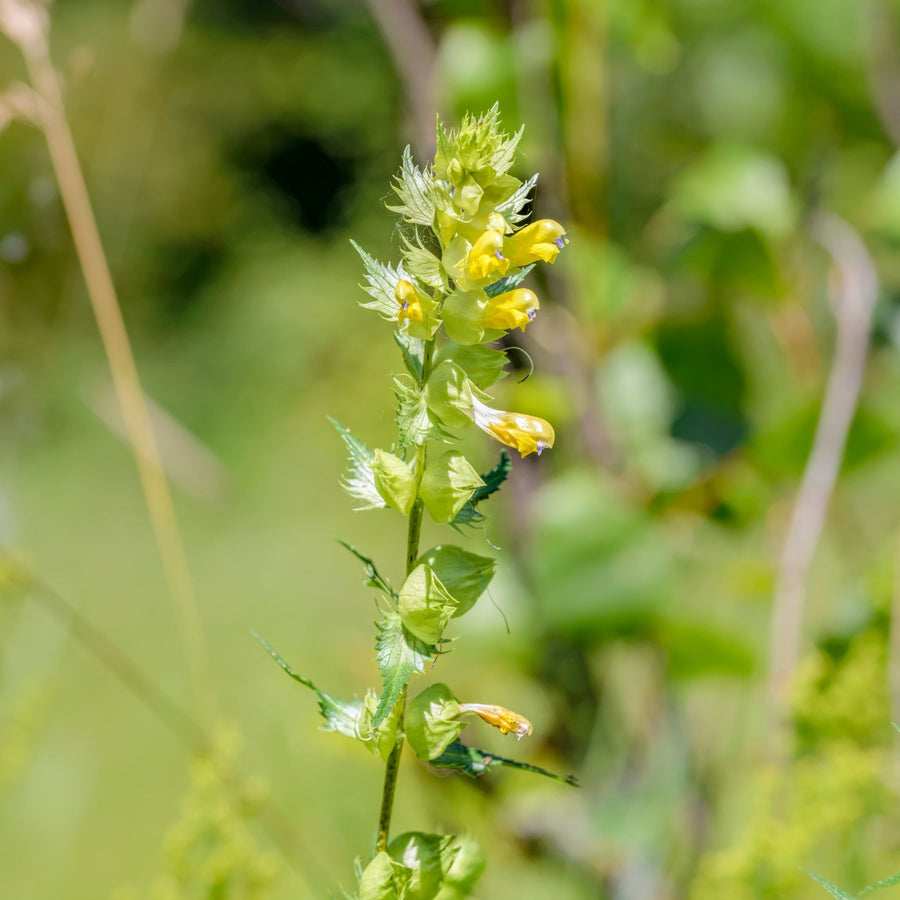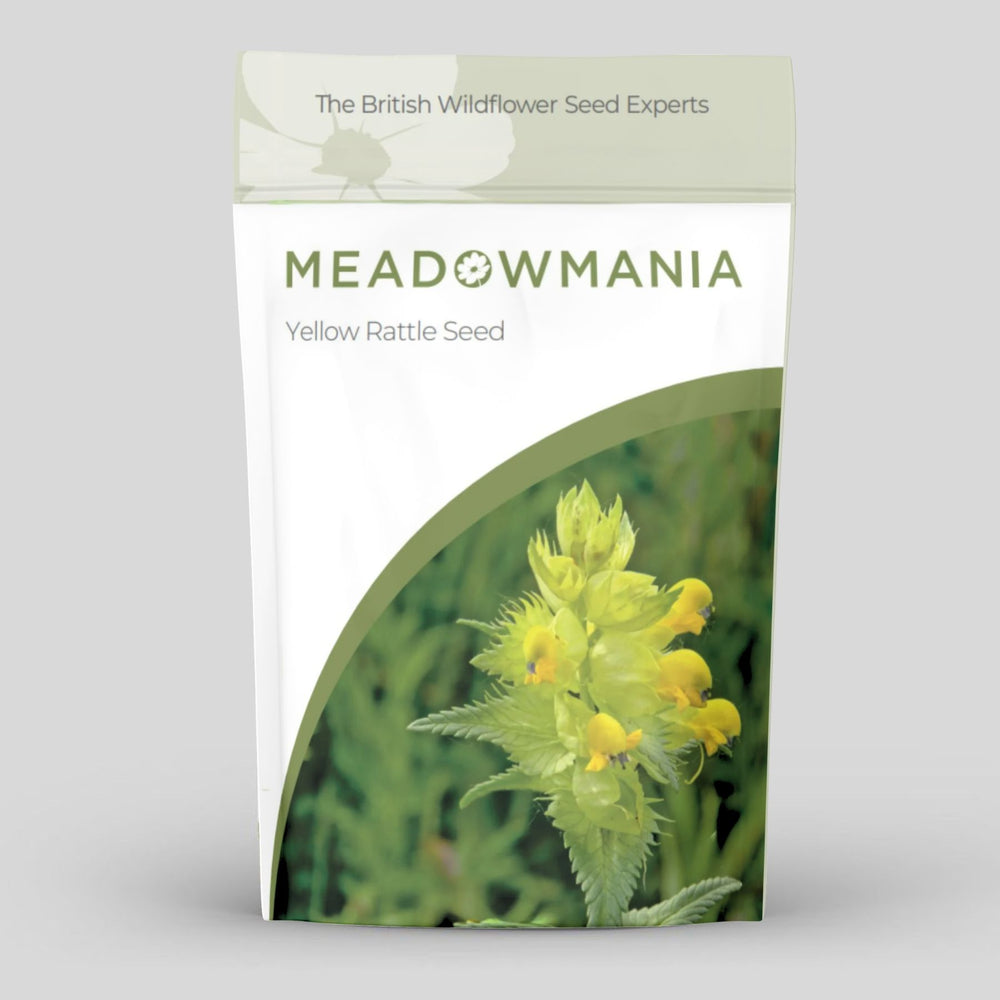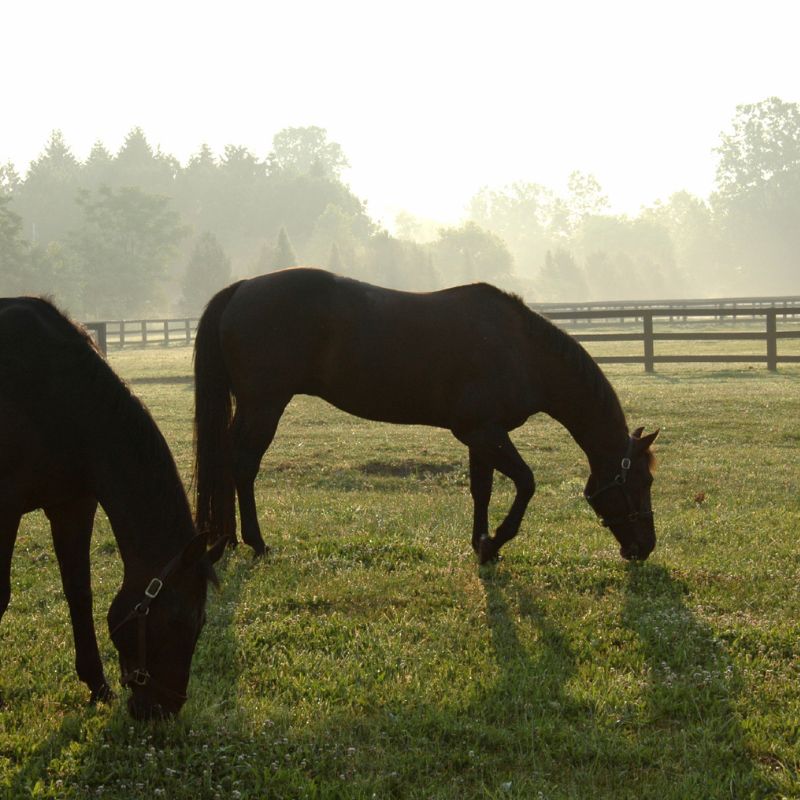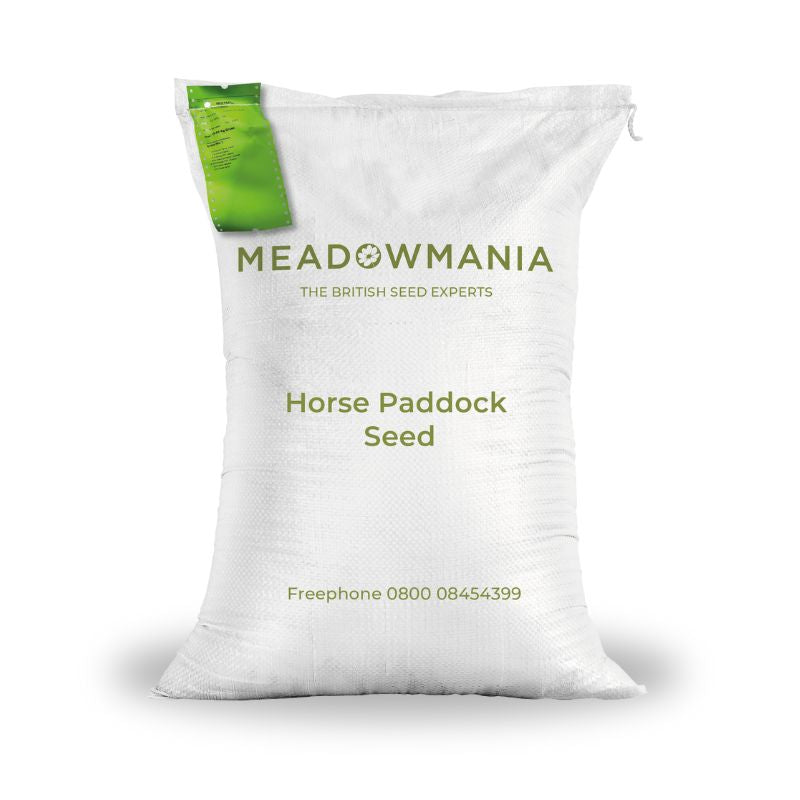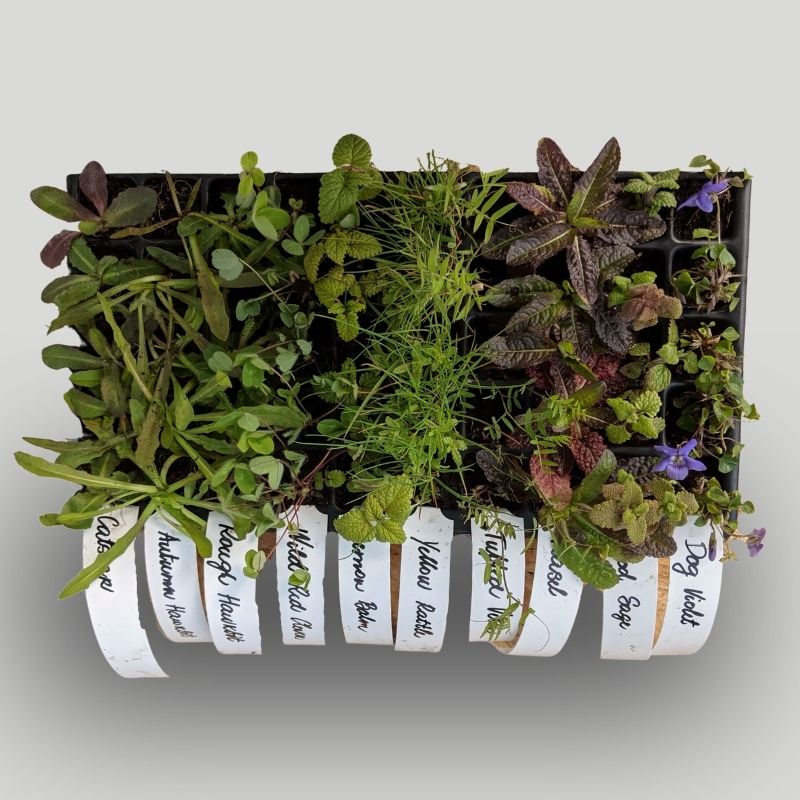
The 8 Best Native British Trees for Small Gardens: Bring Beauty and Biodiversity to Your Outdoor Space.
When it comes to designing a garden that’s both aesthetically pleasing and environmentally sustainable, native trees are an excellent option. They offer year-round interest, support local wildlife, and contribute to the ecological balance of your area. And even if you’re working with a smaller garden, native trees are an ideal choice; numerous native British species are compact, manageable, and perfectly suited to spaces where room is limited. Whether you’re an experienced gardener or just starting out, these eight native trees will bring the beauty of nature to your small garden - while enhancing local wildlife and supporting biodiversity - without overwhelming the space.
-
Crab Apple (Malus sylvestris)

The crab apple is perfect for smaller gardens thanks to its compact size and beautiful blossoms. In spring, delicate white or pink flowers attract pollinators like bees and butterflies. Come autumn and winter, the small, tart fruits provide a vital food source for birds such as thrushes, robins and blackbirds, while smaller mammals like squirrels and hedgehogs may also feed on fallen apples. Crab apples support a range of insects, including aphids that attract insectivorous birds, and provide habitat for caterpillars and other larvae. This native British tree offers multi-season interest with its vibrant flowers, appealing fruit, and attractive foliage that turns golden in autumn. If you're looking to create a space that supports local wildlife and brings nature into your garden, this tree is an excellent choice! Plant bare-root native crab apple whips in the winter when the plants are dormant.
-
Hawthorn (Crataegus monogyna)
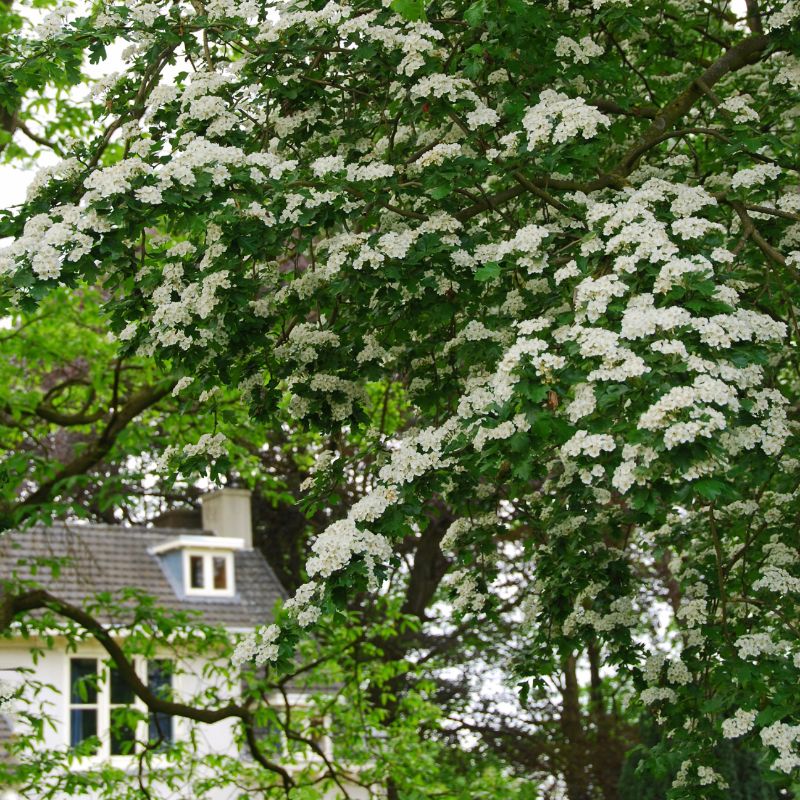
Hawthorn is another gem for a smaller garden. Known for its dense foliage and thorny branches, it provides excellent shelter and food for birds and small mammals. Its springtime white blossoms are a real highlight and draw pollinators such as bees and butterflies. Later in the year, you can enjoy its red haws that attract species such as thrushes, blackbirds, and robins. This tree is incredibly hardy and resilient, making it an easy-to-care-for option. If you’re looking for a native British tree that offers both beauty and biodiversity, the hawthorn ticks all the boxes.
-
Rowan (Sorbus aucuparia)
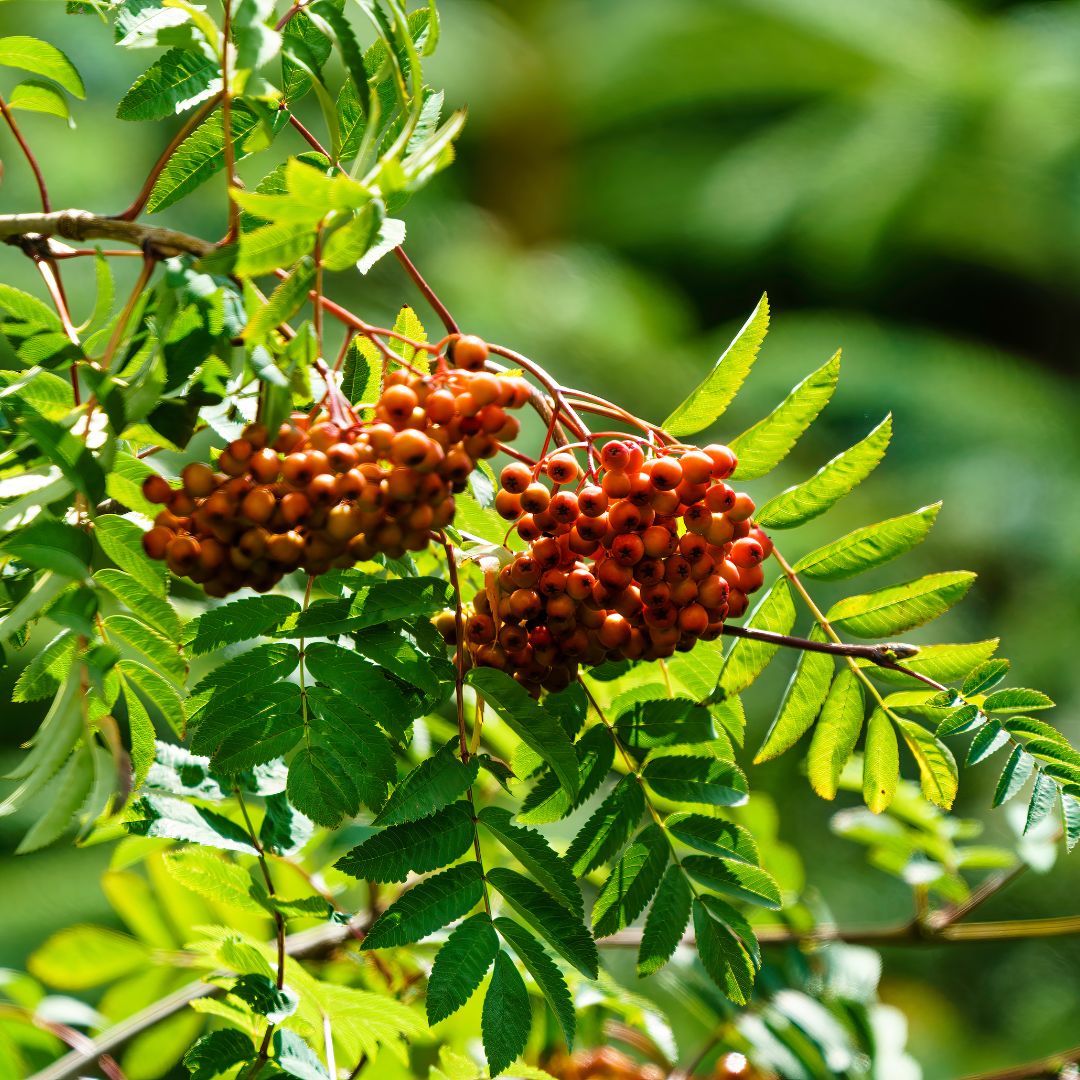
Often called the mountain ash, the rowan tree is perfect for adding height and a burst of colour to a smaller garden. With its attractive white flowers in late spring, followed by clusters of red or orange berries, this tree is an excellent choice for attracting birds such as blackbirds, thrushes and waxwings. Additionally, the rowan’s bark and branches can host larvae of certain moth species such as the rowan pug (Eupithecia pusillata). The rowan is also known for its beautiful, pinnate leaves that turn golden yellow in autumn, adding a vibrant splash to your garden as the seasons change. This native British tree works well in slightly cooler climates but will thrive in a range of soils.
-
Silver Birch (Betula pendula)

The silver birch is a charming, slender native British tree that works wonders in smaller gardens. Known for its stunning white bark and delicate leaves that flutter in the breeze, it adds a touch of elegance to any space. Its spring catkins provide nectar for early-season pollinators such as bees and butterflies. In spring and summer, it provides lovely green foliage, and as autumn sets in, the leaves turn golden yellow. The compact nature of silver birch makes it an ideal choice for small spaces, and its light, airy form won’t overshadow your garden. Plus, it’s incredibly easy to care for and is drought-tolerant once established.
-
Dogwood (Cornus sanguinea)
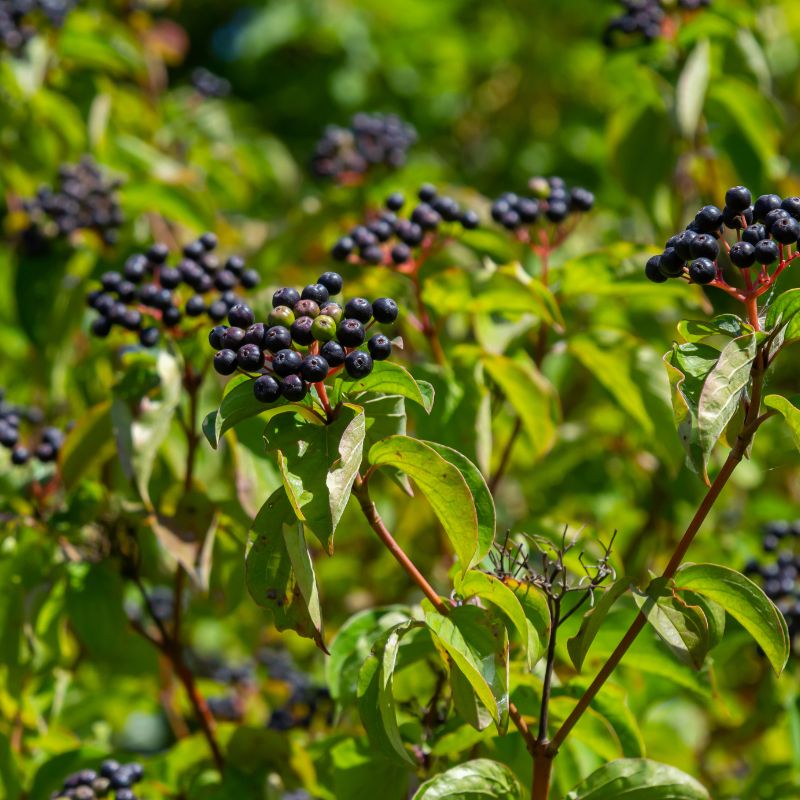
Dogwood is a small but versatile tree, perfect for adding year-round interest to your garden. In spring, its bright white flowers emerge, and by fall, it produces dark purple berries that attract birds such as thrushes and blackbirds. The tree’s most notable feature, however, is its stunning red stems, which provide a splash of colour even during the winter months. It’s a tree that thrives in a variety of soil types, and its dense growth provides excellent cover for wildlife. If you want something that’s both beautiful and practical, this is the perfect native British tree species.
-
Hornbeam (Carpinus betulus)
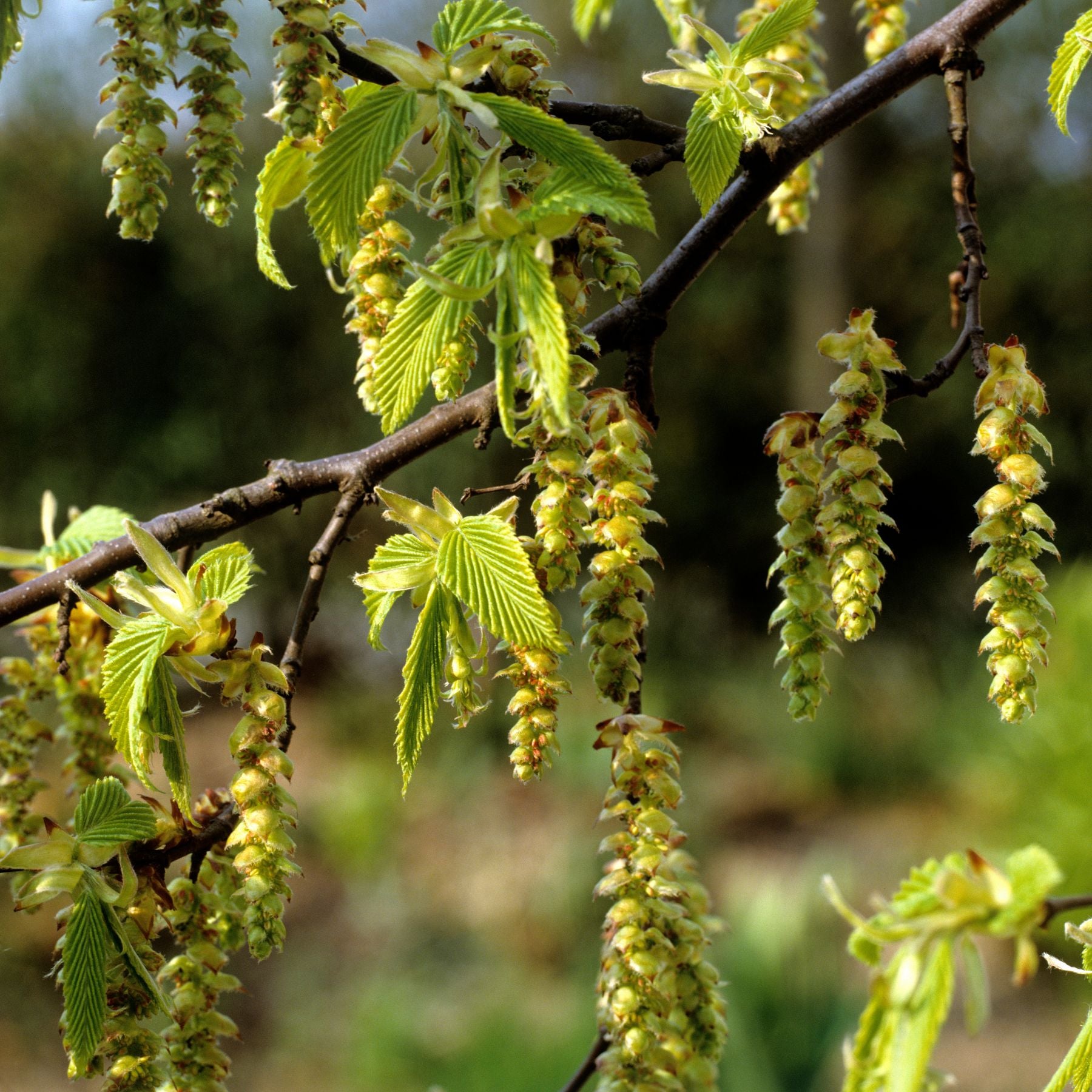
If you’re seeking a tree that adds structure to your garden without overpowering it, the hornbeam is an excellent choice. This smaller, slower-growing native British tree has a dense canopy of bright green leaves that turn a striking yellow in the fall. Hornbeams are highly adaptable, thriving in a variety of conditions, including wet or clay soils. Their versatility also makes them ideal for shaping into hedges, perfect for creating a more formal look in your garden. Additionally, the tree produces small, triangular nuts that are enjoyed by a range of birds, such as woodpeckers, finches, and pigeons, making it a wonderful addition to any wildlife-friendly space. Plant native British hornbeam bare-root whips in the winter when the plants are dormant.
-
Wild Cherry (Prunus avium)

The wild cherry tree brings dramatic beauty to smaller gardens with its stunning spring blossoms. These fragrant white flowers appear in April or May and are rich in nectar, attracting a variety of pollinators, including bees, butterflies and hoverflies. Later in the year, small cherries grow that are loved by birds such as thrushes and wood pigeons. The tree’s foliage turns a rich golden colour in autumn, offering a stunning seasonal display. Wild cherry is ideal for gardens where you want to combine ornamental beauty with wildlife support. Plant bare-root whips of this native British tree species in the winter when the plants are dormant.
-
Field Maple (Acer campestre)
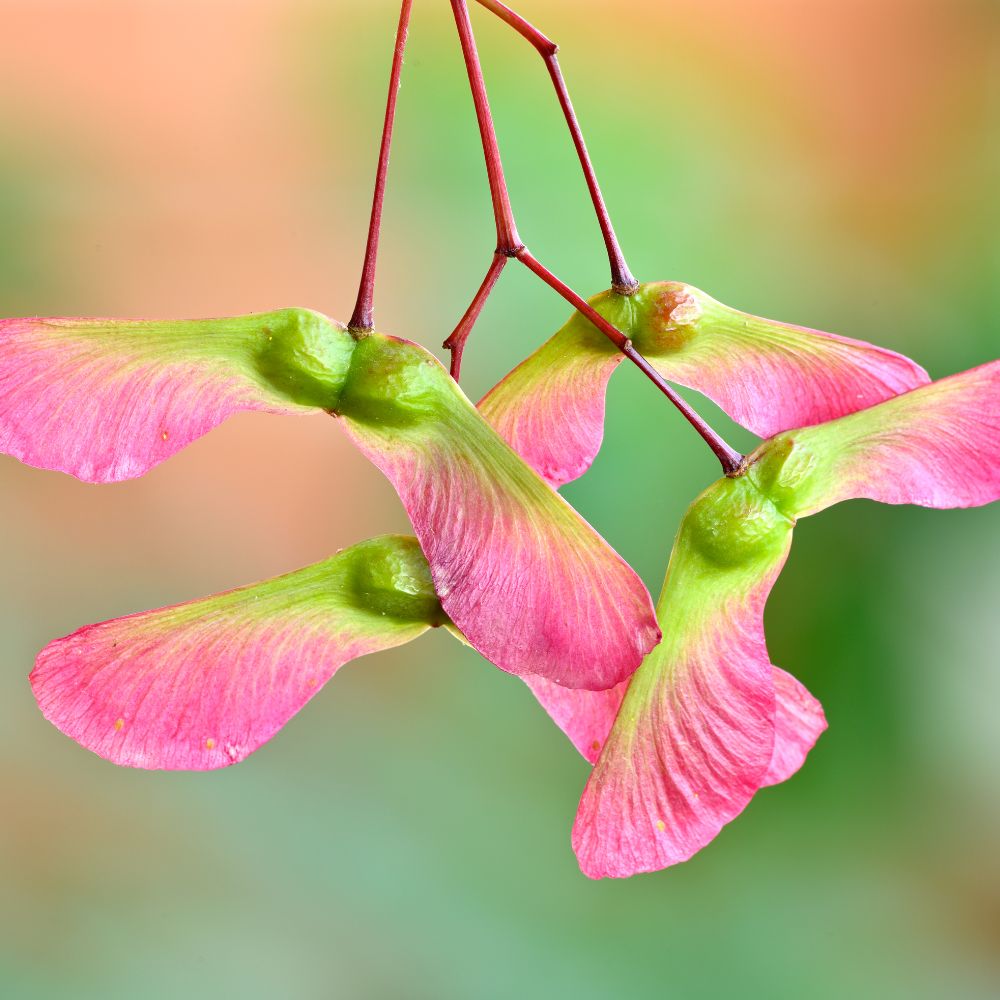
The field maple is an excellent small native British tree, perfect for compact gardens. Resilient and adaptable, it thrives in a variety of soil types and light conditions, making it a versatile addition to any garden. In spring, the field maple showcases fresh green leaves, which transform into a striking golden yellow in the fall, offering year-round visual interest. Beyond its aesthetic appeal, the field maple supports local wildlife. Its small, winged seeds are a favourite food for birds, including finches and tits, while the tree’s dense foliage provides shelter for a range of small mammals and birds, such as sparrows. The field maple’s manageable size makes it an ideal choice for adding both beauty and wildlife benefits to your garden without overwhelming the space.
Bring these native British trees, and wildlife, into your garden!
All these native British trees offer something special for smaller gardens: beautiful foliage, stunning flowers, interesting berries, and a real boost to local wildlife. Whether you’re looking to add a splash of colour, create a wildlife haven, or simply enjoy a tree that doesn’t take up too much space, these 8 native tree species will flourish in your garden, bringing nature’s beauty right to your doorstep.
Plant native British bare-root whips in the winter when the plants are dormant. Find out more about how to prepare for planting native whips; how to plant native bare-root whips; and how to care for newly planted whips, in the advice section of our website.
If you’re ready to plant a native British tree in your own garden, why not explore our range of native bare-root whips? Let us know which tree species you’ll choose for your outdoor space. 🌿🌳


